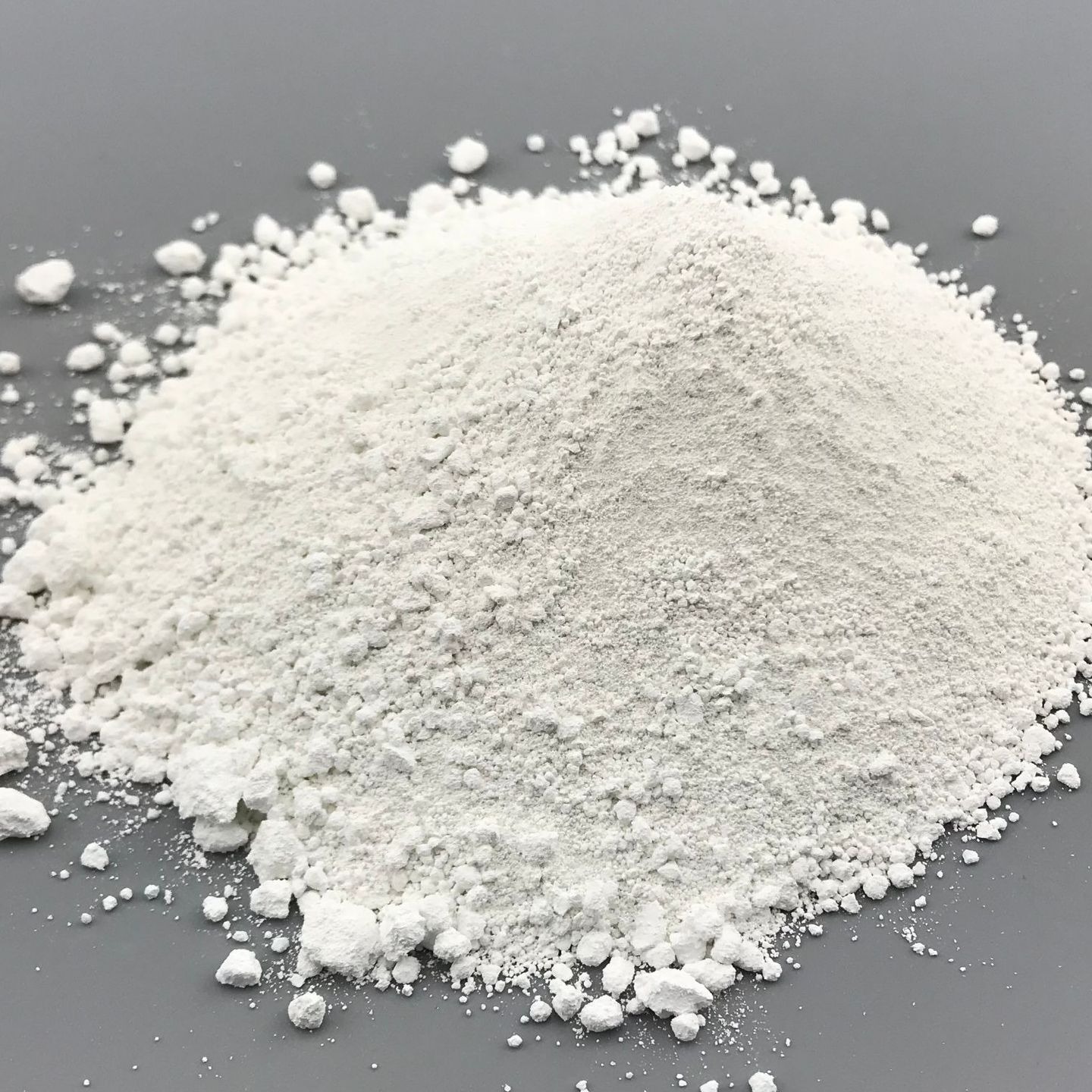Titanium dioxide is an inorganic compound widely used for various applications, with the chemical formula TiO2. Here is a detailed introduction to titanium dioxide:
| PubChem CID | 0325 |
| Molecular Formula: | O2Ti 、TiO2 |
| Description | Titanium dioxide is an odorless white powder. Tasteless. pH 7.5. Occurs in three crystalline forms. (NTP, 1992) Titanium dioxide is a titanium oxide with the formula TiO2. A naturally occurring oxide sourced from ilmenite, rutile and anatase, it has a wide range of applications. It has a role as a food colouring. Titanium dioxide, also known as titanium(IV) oxide or titania, is the naturally occurring oxide of titanium. It is used as a pigment under the names titanium white, Pigment White 6 (PW6), or CI 77891. It is typically extracted from ilmenite, rutile and anatase. In all three of its main dioxides, titanium exhibits octahedral geometry, being bonded to six oxide anions. The oxides in turn are bonded to three Ti centers. The overall crystal structures of rutile and anatase are tetragonal in symmetry whereas brookite is orthorhombic. The oxygen substructures are all slight distortions of close packing: in rutile, the oxide anions are arranged in distorted hexagonal close-packing, whereas they are close to cubic close-packing in anatase and to “double hexagonal close-packing” for brookite. The rutile structure is widespread for other metal dioxides and difluorides, e.g. RuO2 and ZnF2. |
| Synonyms | TITANIUM DIOXIDE Titanium oxide 13463-67-7 Titanium(IV) oxide Rutile |
- Physical Properties:
- Color: Titanium dioxide is a white solid, extensively utilized as a white pigment in industries and consumer products.
- Crystal Forms: It can exist in multiple crystal forms, with the most common being rutile and anatase.
- Production Methods:
- Chloride Process: This is a major production method involving the chlorination of titanium ores, followed by the preparation of titanium dioxide through redox reactions.
- Sulfate Process: Another method involves the treatment of natural ilmenite with sulfuric acid.
- Applications:
- Pigment: Titanium dioxide is an excellent white pigment widely used in paints, plastics, paper, rubber, providing outstanding coverage and gloss.
- UV Absorber: Used in sunscreens and other protective products due to its ability to absorb and reflect ultraviolet rays.
- Catalyst: Applied in photocatalysis and catalysts, such as in environmental applications for water and air purification.
- Ceramics and Glass: Used as a coloring agent in ceramics and glass.
- Photocatalytic Properties:
- Titanium dioxide is of interest for its photocatalytic properties. Under light, it can facilitate certain reactions, such as the degradation of organic compounds in water and air.
- Medical Applications:
- Titanium dioxide is used in some medical devices and drugs due to its photosensitivity, applicable in certain treatments.
In summary, titanium dioxide is a versatile compound playing a crucial role in various industrial and scientific applications, ranging from pigments and coatings to environmental protection and medicine.



